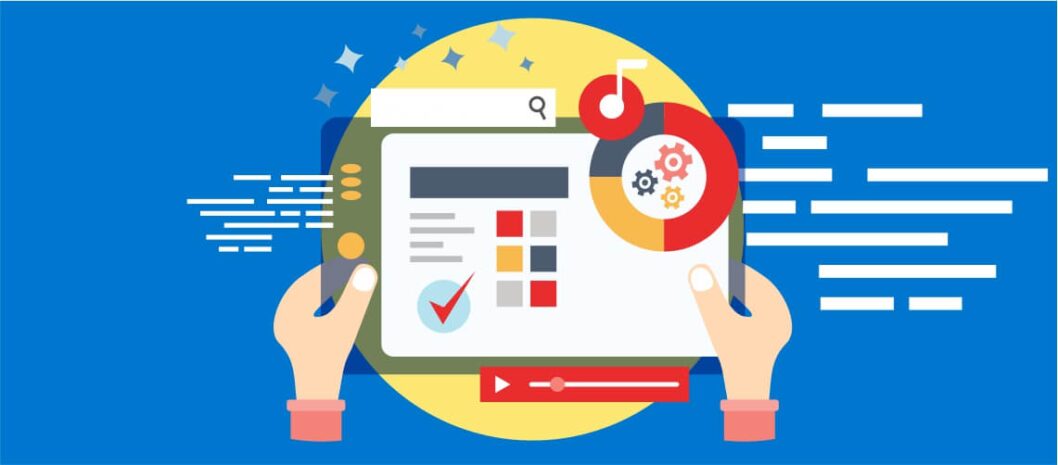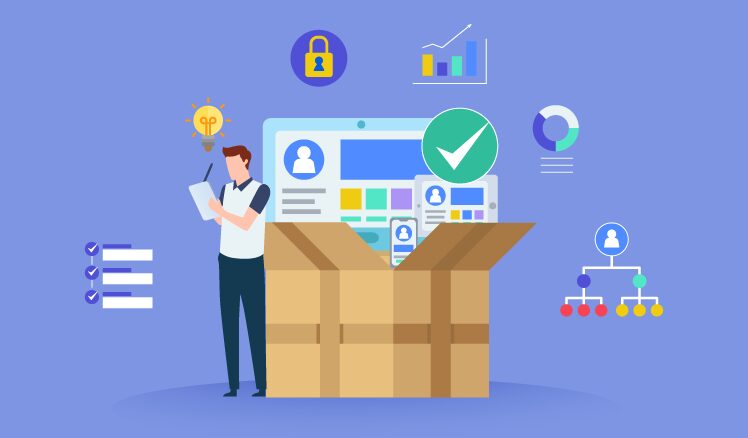Creating custom software products is an intensive process. Even if your product idea is truly brilliant and innovative, and you have thoroughly researched it, there is a good chance that things might not go as you intended. The final product may not come to life as you envisioned and fail to actualise its true potential.
So, what can you do to ensure that your software product is developed the right way? Well, when it comes to custom software product development, there is no “perfect way” to do things. Every product is different, and the development trajectory of each project differs as well – but there are some basic dos and don’ts that you, as a product owner, can follow. These practices help ensure your software product is created efficiently and avoid any decision that can turn out to be a costly mistake later on.
Some Important Dos and Don’ts for Successful Custom Software Product Development
As a product owner, you play a major part in shaping your products into success. Your role, commitment and input throughout the development process will determine how the final product will turn out. The decisions you take and the partnership you establish with your software product development company are both of great importance. How to successfully work with a software product development services provider is a topic of its own and something that we will not cover in this article.
Read more about this topic at: https://www.goodcore.co.uk/services/product-development/
In this article, we will discuss some important dos and don’ts that every product owner should follow. The process of product development can be overwhelming for you if you are a first-time product owner, but these dos and don’ts will help you throughout your product creation journey.
Don’t: Create for yourself
Do: Keep your product user-centred

Source: newgenapps.com
Do you have a fail-proof product idea? That’s great! But how do you make sure your product is something the target users would want to use? It is easy to create a product keeping yourself in mind. Whether it is about the design of the product or its functionality, you know what you like and want so it is easier to design a product for yourself but it might not be the same as what others like and want.
This is a cognitive bias that is also known as the False Consensus Effect. In simpler terms, this refers to our tendency to generalise our own preferences and judgements and assume them to be true for others as well. This is a trap that product owners often fall into, their own likes and dislikes influence the software product development process which results in a final product that misses the mark for users. It can be difficult to separate yourself from your product, but doing thorough market research and having a user-centred approach from the beginning can help you avoid making this mistake.
Don’t: Expect a linear software development process
Do: Plan for multiple iterations and shift in plans

Source: blog.adobe.com
A product roadmap helps you plan the process of product development but building custom software from scratch is nothing like replicating a pre-defined plan. You should never expect a linear development process. There are different stages of the software development life cycle that your product will go through. Each phase will be unique, and your requirements and scope can change with time. For instance, you might go back and forth with the UI/UX design of your product, or you might end up changing some design elements after they have been developed. You might also change the requirements during the course of development. All of this is likely to happen once you begin creating the product and there can be unexpected delays and shifts in the plan. As a product owner, you should never anticipate the development process to be a linear and smooth procedure.
Don’t: Choose an inexpensive but less-experienced development partner
Do: Consider other options such as outsourcing to remote IT specialists

As discussed earlier, the software product company you choose to partner with plays an important role in the success of your product. Most product owners choose to outsource the development of their software product instead of hiring an in-house team because of the high costs of in-house software development. When outsourcing the work, they have options of hiring freelance developers or partnering with on-shore and off-shore software development companies.
Product owners only factor in the cost of development and decide to work with freelance developers as it is the least expensive option out of others, but it can be very risky. Freelance developers are usually less experienced and fail to meet development deadlines. This can have negative consequences for your product. A much safer option is to partner with software development companies that specialise in custom product development – they have the expertise and skills to develop your product the way you envision and within your budget.
Don’t: Think “More is always good”
Do: Start small with your product and scale up as you go

Source: pexels.com
Product owners want their products to have a large number of features and functionalities. They think the more features their product offers, the better it will be received by the users. This can be a wrong practice for two main reasons.
Firstly, the number of features and functionalities your product has directly influences the cost of development. The more features there are, the more costly your product will be to develop and test. Secondly, the process of creating software products is full of risks. Many products fail because they are unable to compete in the market and as a result, the money and resources invested by owners go in vain. Therefore, it is only wise to start small with your product and not go all in at first. It is important to first develop and launch a minimum viable product (MVP) to test out the market potential of your product idea. Once you know your MVP is well-received by the target market, you can add more features to it and gradually scale it up as you go.


















